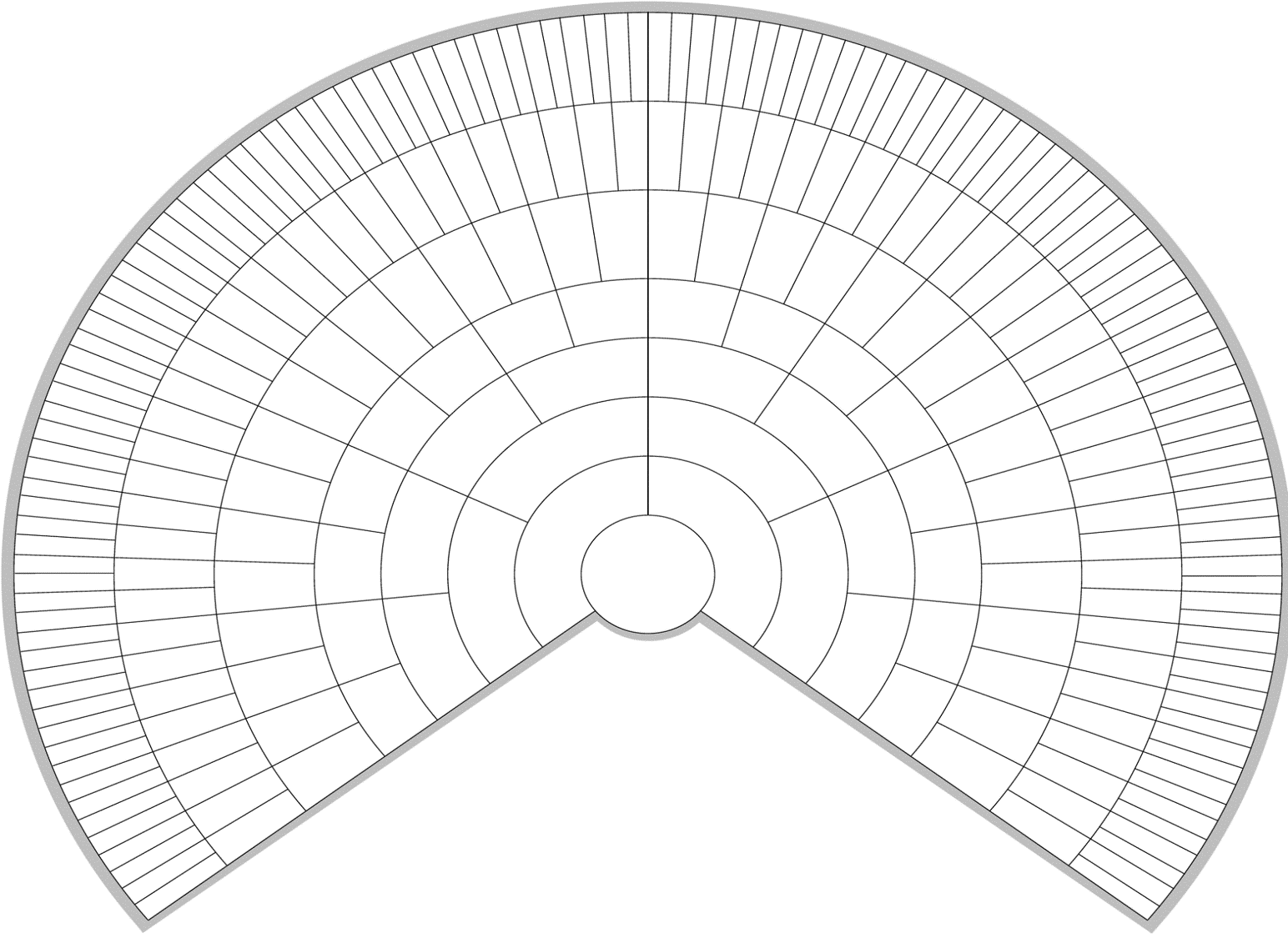Hi
Today's autosomal testing offered by the 3 usual suspects, test +/-800,000 SNPs and can offer acurate cousin matching to the 4th cousin... and reasonable matching to the 6th cousin. However, most records from the past available to us can cover genealogical research back 200 to 250 years... then for most, it just doesn't exist. So it is logical that for autosomal testing to offer a real breakthrough, accurate cousin matching at the 6th to 10th cousin range will be necessary. Does ANYONE know enough about this stuff to advise whether i) is it theoretically possibly to match at progressively earlier generations with increased testing resolution? AND ii) if yes, how far off might we be? I love the idea of autosomal testing... but 200years isn't really a home run for most serious family history researchers! Input seeked!
Today's autosomal testing offered by the 3 usual suspects, test +/-800,000 SNPs and can offer acurate cousin matching to the 4th cousin... and reasonable matching to the 6th cousin. However, most records from the past available to us can cover genealogical research back 200 to 250 years... then for most, it just doesn't exist. So it is logical that for autosomal testing to offer a real breakthrough, accurate cousin matching at the 6th to 10th cousin range will be necessary. Does ANYONE know enough about this stuff to advise whether i) is it theoretically possibly to match at progressively earlier generations with increased testing resolution? AND ii) if yes, how far off might we be? I love the idea of autosomal testing... but 200years isn't really a home run for most serious family history researchers! Input seeked!



Comment